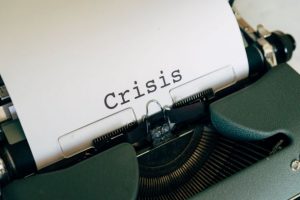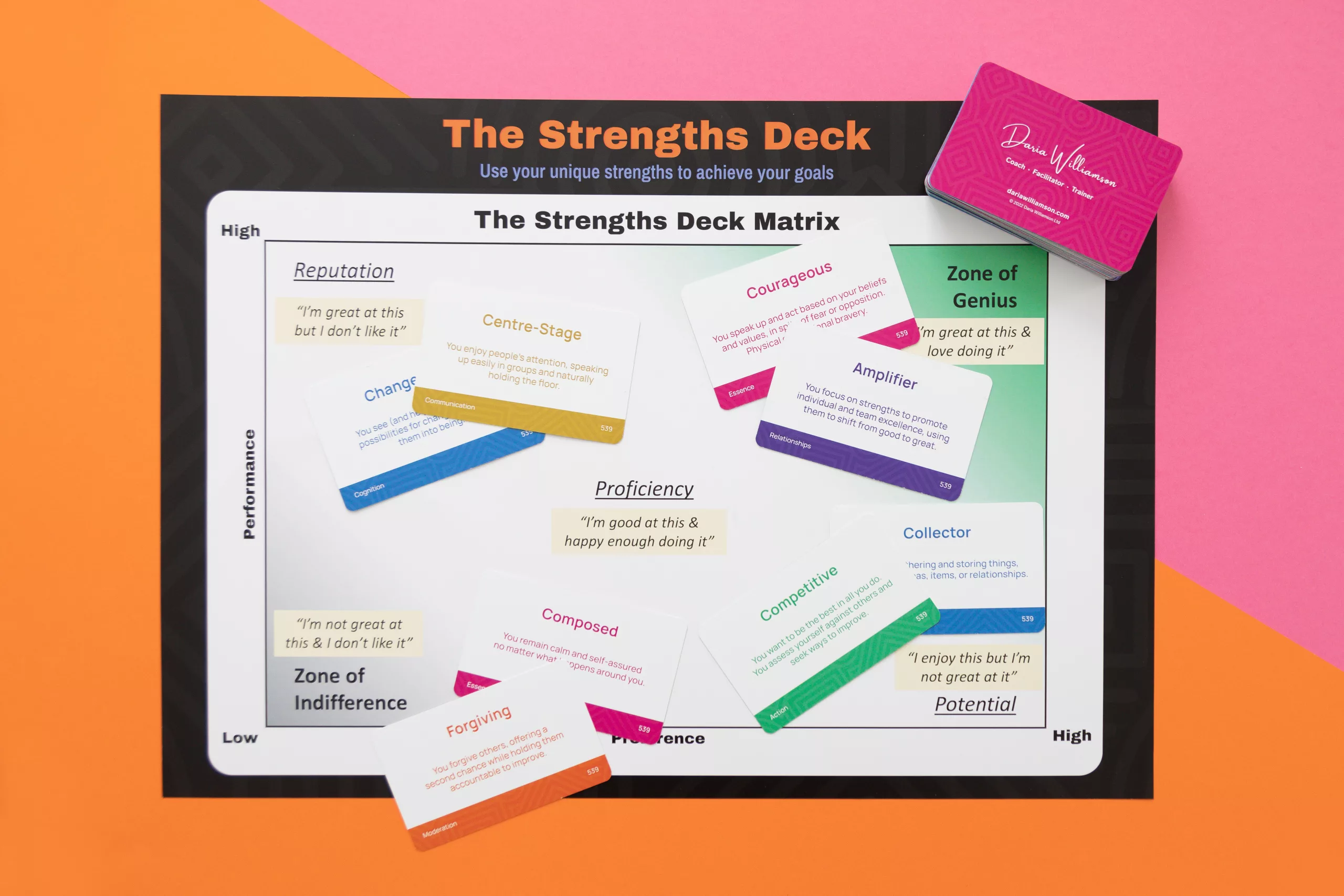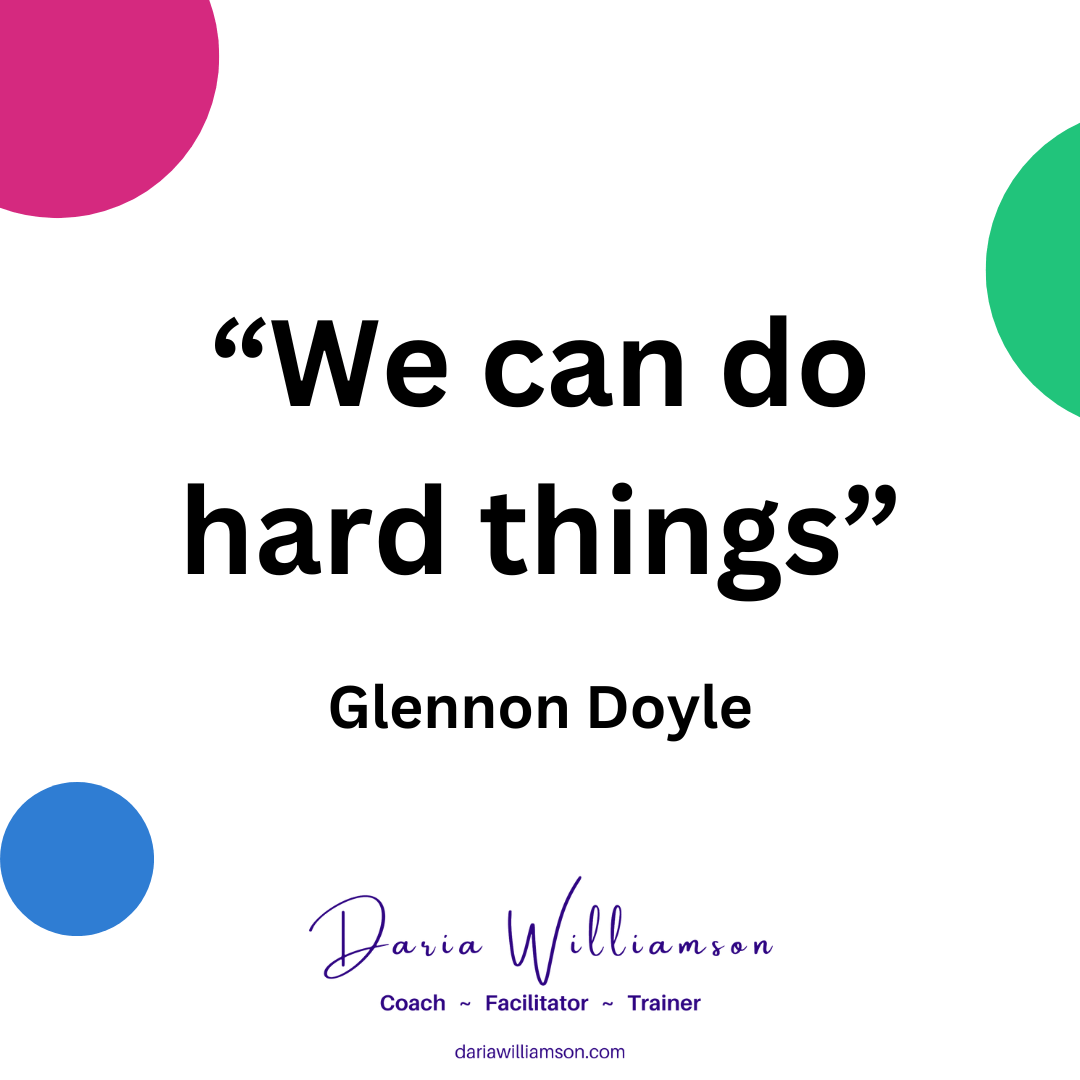The old practice of business leadership is to use one approach no matter what the situation is or who is involved. It’s the “if all you’ve got is a hammer, everything looks like a nail” style of leadership.
A newer style of leadership is situational, where you pick from one of four approaches, based on how people relate to the task in question. It’s the “assembly line” style of leadership – once you’ve hit on the perfect approach for a situation, you stick with it no matter who or what is involved. In both cases, you’re using the past to dictate what to do in the present and the future, and you miss so many opportunities to unleash the full strengths and capabilities of your people.
But there’s a better way!
The practice of strategically flexible leadership
I believe that strategically flexible leadership is a vastly superior leadership approach. It calls on you, the leader, to recognise that your people, even when facing the same situation, have different needs, desires, and preferences. And even when a situation looks like something you’ve seen before, history never repeats – you can never stand in the same river twice (Heraclitus).
Strategically flexible leadership calls on you to understand the situation you and your people are facing here and now and develop a functional approach to lead your people how they need to be led, here and now. It’s a significant departure from the model that has dominated for most of the time that capitalism has operated: command and control leadership.
What the strategically flexible leadership practice is NOT
It's not about pandering
This is most definitely not a call for you to pander to whatever your people say they want. We don’t always want what is best for ourselves, and we can thwart the achievement of our own goals by prioritising short-term pleasures over long-term gains. Your role as a leader is to recognise when these characteristics are playing out and to place guard rails along the path to help your people keep their efforts on track.
In addition, you generally have access to knowledge and information before your people do, so you are working from a different and more detailed context. It’s up to you to share information with your people at the right time, and in the right way, so that you’re all working together for the greater good.
It's not about abdicating responsibility
Neither is strategically flexible leadership a permission slip to abdicate your responsibilities. You, the leader, are always ultimately responsible for establishing the vision and goals, and creating a culture that facilitates and values high quality, hard work, and dedication. And you are responsible for recruiting and nurturing team members who are aligned with the common values and are mature and skilled enough to hold themselves and others accountable to agreed standards and goals.
However, what is required to meet those standards and achieve those goals will differ from person to person, and will also change for each person over time. This is where strategically flexible leadership comes into its own – instead of treating people like a cog in a machine or a replaceable part on an assembly line, you tailor your efforts to call forth the best work from each person and team.
Why you should practice strategically flexible leadership
Leadership isn't an assembly line
Since the last century, many business leaders have viewed individual workers as interchangeable cogs in the production machine. It’s easy to see how this mindset would have developed. During the rise of mass production of identical units, assembly lines were run by hundreds or thousands of staff members all wearing the company uniform and doing the same thing, day in and day out. Looking across the factory floor, it was a sea of standardisation. There was absolutely nothing in the workplace that acknowledged the individuality of the workers.
But humans aren’t like machines – we aren’t interchangeable, and what helps one person do great work can leave another completely uninspired. And our needs, preferences, goals and dreams change over time.
One-size-fits-all doesn't work as a leadership practice
Treating everyone like a cog, and taking exactly the same approach with every staff member may seem like an incredibly efficient approach (because you have one policy and one process to “rule them all”). But it eventually sub-optimises the effectiveness of individuals, teams, and organisations.
A one-size-fits-all approach doesn’t account for the interaction between individual characteristics (circadian rhythms, strengths and weaknesses, learning abilities, workers’ domestic situations, motivational preferences etc) and systemic factors (the physical and logistical setup of the workplace, the quality of fit between workplace location and workers’ transport options, the type of work etc).
For example, if you have a workplace setup that requires overtime at short notice or has significant swings in hours worked from week to week, you effectively guarantee that people with caring responsibilities and/or who are reliant on public transport cannot succeed as employees. That will have a tendency to reduce the diversity of your workforce (which is associated with lower levels of creativity, resilience, profit, engagement, employee retention etc).
And even if your workplace setup doesn’t create these sorts of barriers, it’s still not a guarantee that your employees will thrive. A loyal, dedicated, and talented employee who doesn’t have an opportunity to work to their strengths, achieve their goals, or receive acknowledgement and feedback on their performance can quickly become disengaged, disillusioned, and disruptive (which eventually causes them to disappear!)
How can you build a strategically flexible leadership practice?
As a strategically flexible leader, your role is to get to know your people and create an environment that maximises the opportunities for them to reach their potential. How? You start by building high-trust relationships with each person as an individual. What are their strengths and weaknesses? What lights them up? Who is important to them, inside and outside the workplace? What are their personal values, goals and dreams? What holds them back from fulfilling their potential? When, where and how do they do their best work? What do they need from you as a leader/manager? What do you need to do to earn and keep their trust?
I know, I know, that sounds extremely time-consuming. And it will require a good deal of your time and energy. But when you weigh that time and energy up against the outcomes of the alternative approach (lower engagement, productivity, loyalty, teamwork, creativity etc), suddenly it seems less like a sacrifice, and more like an investment.
Once you have built the high-trust relationship and started to understand each person, you use your insights and the strength of your relationship to provide the necessary direction, support, guidance, resources, feedback, and accountability so that, as individuals and teams, they can do their best work in service of the team and organisational vision and goals. And you ask each person and team to give you feedback and hold you accountable for the role you play in ensuring they can do great work. You are applying developing a responsive and adaptive leadership practice that gets the best results possible for each person and the team as a whole.
I’ll be writing more about strategically flexible leadership here in the near future, including looking at some specific strategies that strategically flexible leaders use in their leadership practice. I’d love to hear your reaction to the concept of strategically flexible leadership— let me know your thoughts in the comments.
Other leadership articles
I regularly write about leadership issues, ideas, tools, and techniques – feel free to browse the articles below, or head over to my Blog page and select “Leadership” from the categories list.
We’re Doing Leadership All Wrong – Let’s Fix That!
Reading Time: 3 minutes We’re doing leadership all wrong and it drives me batty 🤬 We throw people in the deep end with no training or support, and then

How-to: be a great leader during a crisis
Reading Time: 9 minutes Leadership is a challenging endeavour at the best of times. You’re juggling multiple streams of information, competing goals, shifting targets, and the glorious messiness that

Leadership Toolbox: getting to grips with empathy
Reading Time: 5 minutes In my first Leadership Toolbox post, I talked about the importance of self-care for leaders. Self-care involves turning our attention inward, to manage our own

My 5-star reads of 2022
Reading Time: 7 minutes After the success of my article about my 5-star reads of 2023, I decided to create this: my 5-star reads of 2022! I read a

What’s with the worship of busyness?
Reading Time: 6 minutes As I wrote the title to this article, I wondered how many people would read it and think that I had mis-spelled “business” as “busyness”.

How Can We Deal With “Wicked Problems”?
Reading Time: 2 minutes I’ve been thinking a lot recently about the concept of “wicked problems”. More and more, we’re facing complex and challenging issues as individuals, partners, parents,
Sources
- Situational Leadership – The Center for Leadership Studies
- Command and Control’ Leadership Is Dead. Here’s What’s Taking Its Place – Inc.com
- The Innovative Leader vs. the Command-and-Control Leader – Innovation Management





